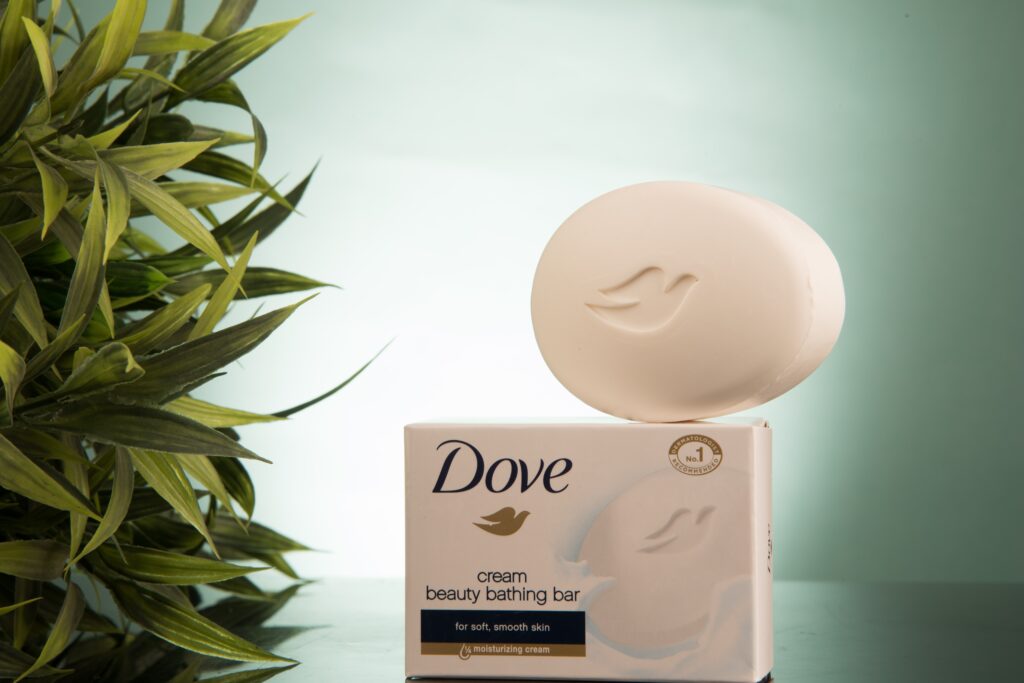At Structure, we believe that branding goes beyond just visual and verbal expression. It's about creating a tangible perception that leaves a lasting impression. As a strategic branding agency, we work with transformative tech companies across varied sectors, creating relevant and memorable brands that tell a compelling story and elevate them within their industries.
Our branding process involves an in-depth analysis of the business, meeting with different team members from across the client's business to build out the insights needed in the decision-making process. This deep dive informs every thing we do, from the strategy and positioning, visual identity, website design, illustration style, tone of voice, to the brand guidelines and of course to defining brand purpose.
There is one industry conversation about brand that continues to build and many people are challenging or even dismissing it and that is, brand purpose. We believe that a brand purpose should be a worthy and meaningful part of your business proposition, inspiring your team and customers to believe and to take action.

Patagonia is often lauded for its brand purpose.
What is brand purpose?
Building a brand is crucial for any business or organisation. A brand is the identity of your company, it is what sets you apart from your competitors. A strong brand can help you establish a loyal customer base, increase your market share, and ultimately, drive revenue growth.
But, building a brand is not just about creating a logo or a catchy tagline. It is about developing a clear purpose that resonates with your target audience. A purpose-driven brand is one that is focused on making a positive impact on society, and it is one that more and more consumers are increasingly drawn to as a differentiating purchase decision point.
Brand purpose is the reason why your company exists beyond making a profit. It is the core belief that drives your business and the impact it wants to make in the world. You will see examples of purpose across different consumer categories, beauty, automotive, clothing and energy for example.
To define your brand purpose, start by understanding what your company stands for and what difference it can make in the world. Your brand purpose should align with your values, mission, and vision. It should also be authentic, relevant, and unique to your brand.
Remember, your brand purpose is not just a statement or a marketing campaign. It should guide your business decisions, actions, and communication.
By having a clear brand purpose, you can differentiate your brand, build trust and loyalty with your customers, and create a positive impact in society.

Dove is commended for its commitment to highlighting and supporting women's issues.
The benefits of a purpose-driven brand
A purpose-driven brand can have numerous benefits for your business. Here are just a few:
1. Increased customer loyalty: When your brand has a clear purpose that aligns with your customers' values, they are more likely to believe-in and remain loyal to your brand.
2. Differentiation from competitors: A purpose-driven brand sets you apart from your competitors and helps you stand out in a crowded market.
3. Improved employee engagement: When your employees feel that they are working for a company with a clear purpose, they are more likely to be engaged and motivated.
4. Positive impact on society: A purpose-driven brand can have a positive impact on society, which can help improve your brand's reputation and increase customer loyalty.
Knowing the benefits let's discuss now how we might define our brand purpose.
Defining your brand purpose
To create a standout brand, start with a purpose. Your purpose is your reason for doing what you do and what you stand for. It's what your customers can expect of you. Successful companies all have one thing in common: they focus on the 'why' – why we do what we do in our sector and what impact it has on society and the world.
To define your brand purpose, consider your brand's greatest strength and how it can make a difference in the world. As EQ International suggests, answering these key questions can help you define your brand purpose.
Having a clear brand purpose can bring numerous benefits. As The Branding Journal explains, brands that have a purpose stand up for a belief that adds value to their consumers, society, and/or the environment. They create a strong corporate culture with a clear vision for the brand's long-term mission.
The steps to building a purpose-driven brand
Building a purpose-driven brand requires a clear understanding of your company's values and the impact you want to have on society.
Here are some steps you can take to build a purpose-driven brand:
1. Define your purpose: Start by defining your company's purpose - what are you about, what difference are you making in your sector and how does that set you apart? What impact do you want to have on society? What values do you want to uphold?
2. Align your purpose with your customers' values: Make sure your purpose aligns with your customers' values. Conduct market research to understand what your customers care about and how your purpose can align with their values.
3. Communicate your purpose: Communicate your purpose through all your brand touchpoints, including your website, social media, and marketing materials. Make sure your purpose is clear and consistent across all your comms, both internal and external.
4. Live your purpose: Finally, and importantly, make sure you are living your purpose. Make sure your actions align with your purpose, that you are making a positive impact on society. Don't just talk about it, live it.
You must build a strong brand from the start
You need to think about your brand from the outset not as something to do down the line. It's the tangible perception you want to leave behind. As a strategic branding agency, we work with brands across varied sectors, creating relevant and memorable brands that impact their market and elevate them within their sectors. Here are some best practices for building a strong brand:
- Define your brand's purpose and values: Your brand's purpose and values should be at the core of everything you do. They should guide your decision-making and help you create a unique identity that resonates with your target audience.
- Develop a compelling brand story: Your brand story should be authentic, engaging, and memorable. It should communicate your brand's purpose, values, and unique selling proposition in a way that resonates with your target audience.
- Create a consistent visual identity: Your visual identity should be consistent across all channels, from your website to your social media profiles. It should reflect your brand's personality and values and be instantly recognisable.
- Build a strong online presence: In today's digital age, having a strong online presence is essential. Your website and social media profiles should be optimised for search engines and designed to engage your target audience.
- Monitor and measure your brand's performance: Nurturing your brand is the key to success. Regularly monitoring and measuring your brand's performance will help you identify areas for improvement and ensure that your brand is resonating with your target audience.
And finally...
Building a purpose-driven brand is essential for any business or organisation. A clear purpose can help you stand out in a crowded market, increase customer loyalty, and have a positive impact on society. By following the steps outlined above, you can build a purpose-driven brand that resonates with your customers and drives business growth.
Defining your brand purpose is crucial to creating a standout brand. Start with your 'why', consider your brand's strengths, and think about how you can make a difference in the world.
By following these best practices, you can build a strong brand from scratch that resonates with your target audience and helps you achieve your business goals.
To learn more about how we can help you build a strong brand and for further reading check out our other articles on brand.
//
Read more from our brand strategy series:
- Brand Strategy – What it is and Why every Tech Company Needs One.
- Cracking the Code: Understanding the Importance of Brand Strategy for Tech Start-ups.
- Making the Right Choice: What Should I Name my Tech Company?
- Working with a Brand Design Agency can add Value to your Business.
Published by: Fara Darvill in Thought leadership, News
Comments are closed.